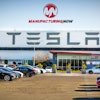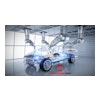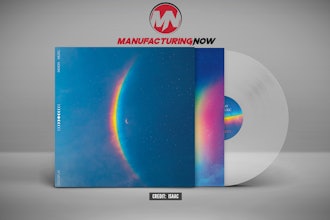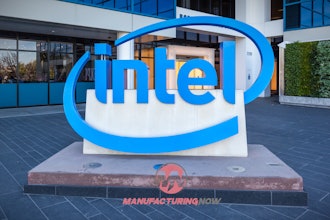If there’s one thing it seems we can rely on from NASA’s James Webb telescope project, it’s delays.
The space telescope that’s been tapped to replace the long-utilized Hubble was originally planned for a 2007 launch, but after years of redesigns and cost overruns, its deployment was pushed back, most recently, to March of 2021.
But then COVID-19 showed up and, as usual, ruined everything.
At a recent meeting of the Space Studies Board of the National Academies of Sciences, Engineering, and Medicine, the head of NASA’s science directorate, Thomas Zurbuchen, told the group that the James Webb “absolutely will not launch in March.”
Zurbuchen went on to defend both NASA and principal contractor Northrop Grumman, saying the delays weren’t because either did anything wrong, and, in fact, that the program had made great strides. Unfortunately, the pandemic had forced things to slow down during the critical integration and test period.
The James Webb has taken a lot of grief over the years due to its timeline and ballooning costs. What was initially proposed as a $1 billion project has morphed into something closer to $10 billion … and it’s not done. That said, there has been a lot of progress in recent months, including the success of its Deployable Tower Assembly test.
And if James Webb gets dragged for all its delays, it’s only because everyone is so excited. This flagship project has been described as exceptionally complex, and it features some 300 single points of failure. No wonder they’re burning through cash during development.
Once it’s complete, the functionality will hopefully make it worth it. James Webb can reportedly look backwards to try to hunt for “unobserved formation of the first galaxy,” but also adds some interesting context to present day space exploration — including finding where planets and stars may be forming today, and scanning for planets further out than we can see now. According to a report in Gizmodo, this could represent “a potentially huge leap forward for scientists on the hunt for habitable worlds.”






















